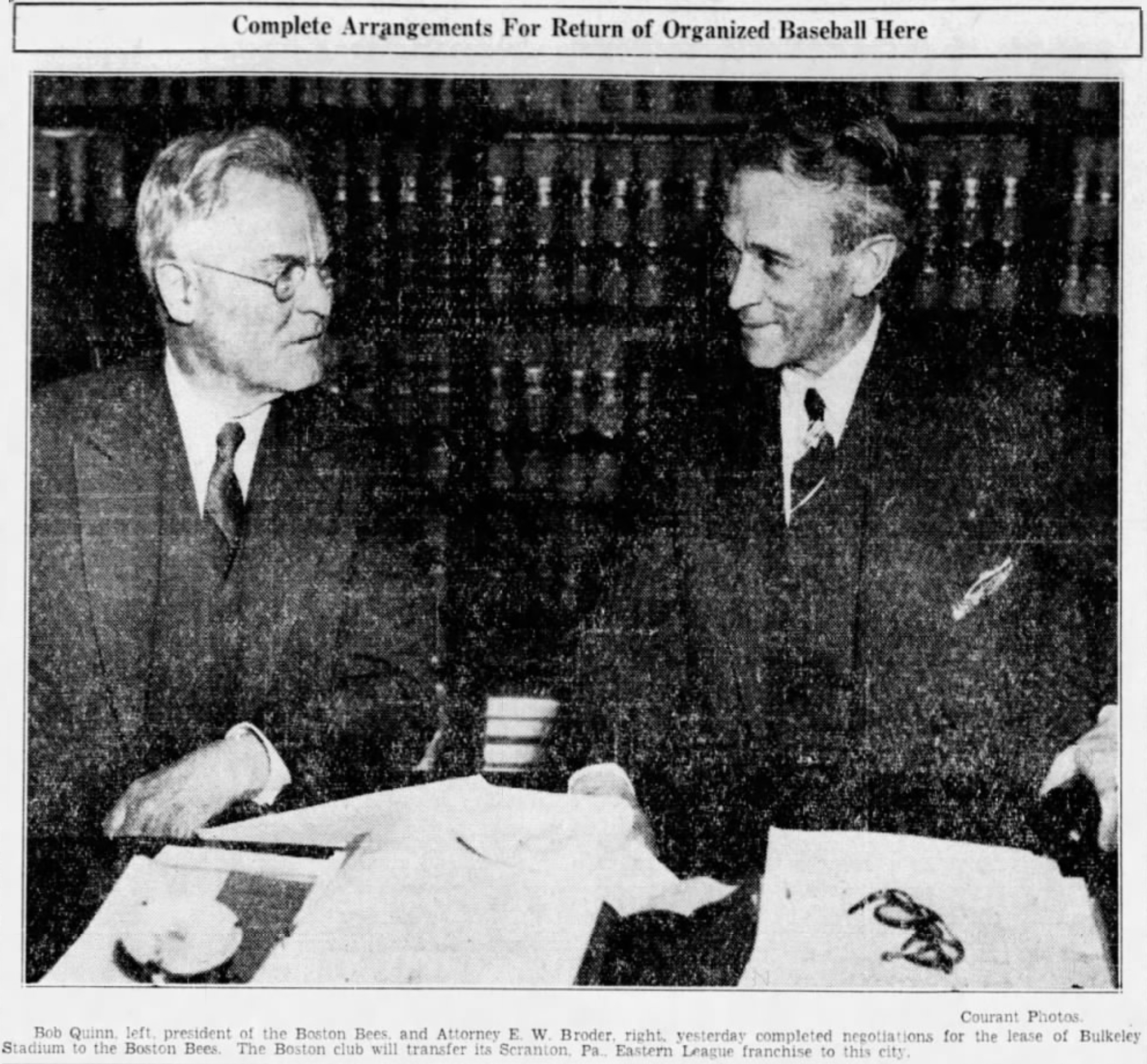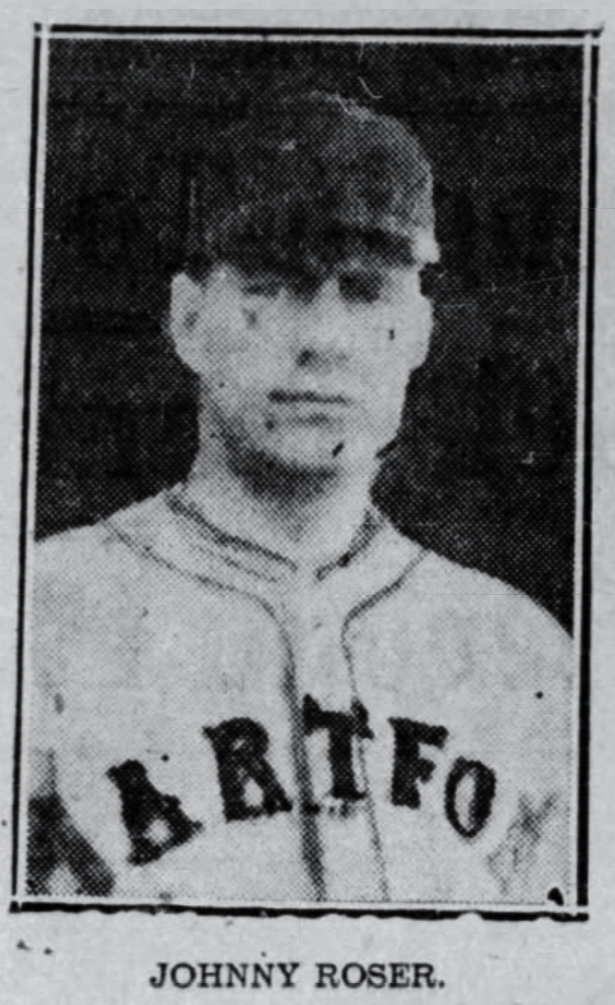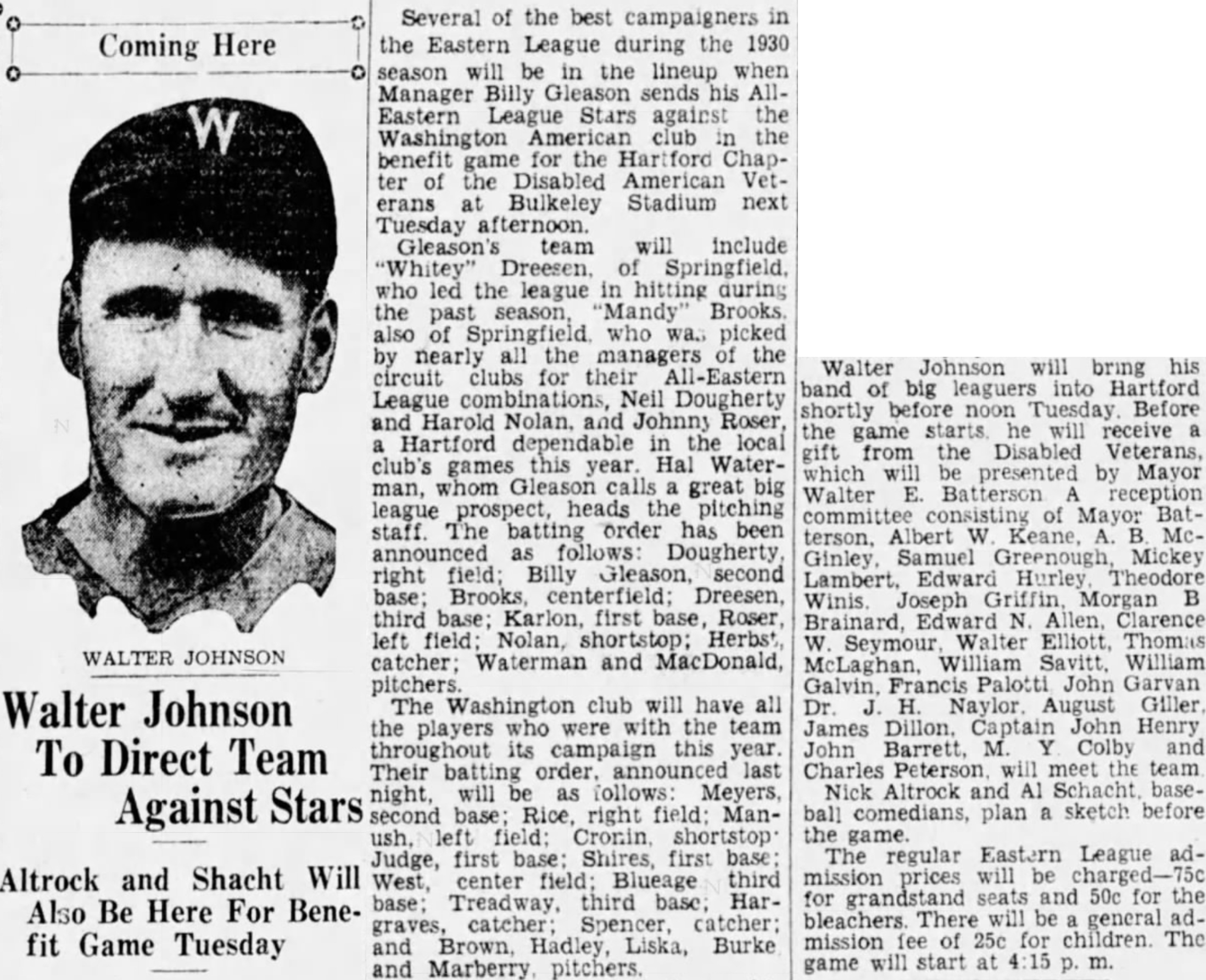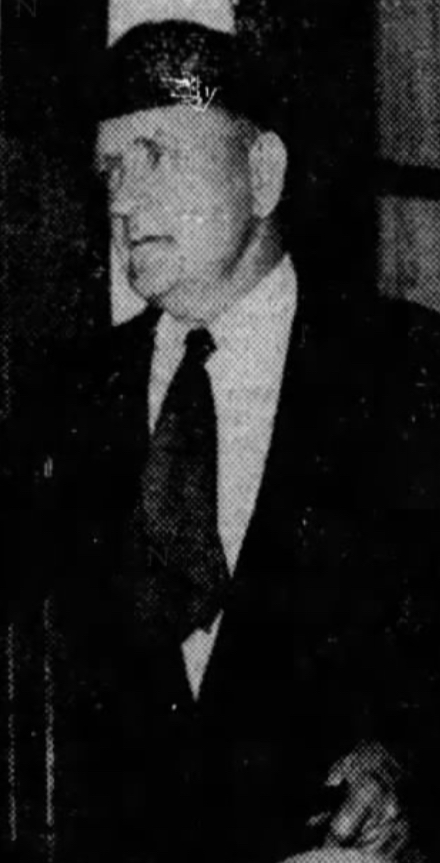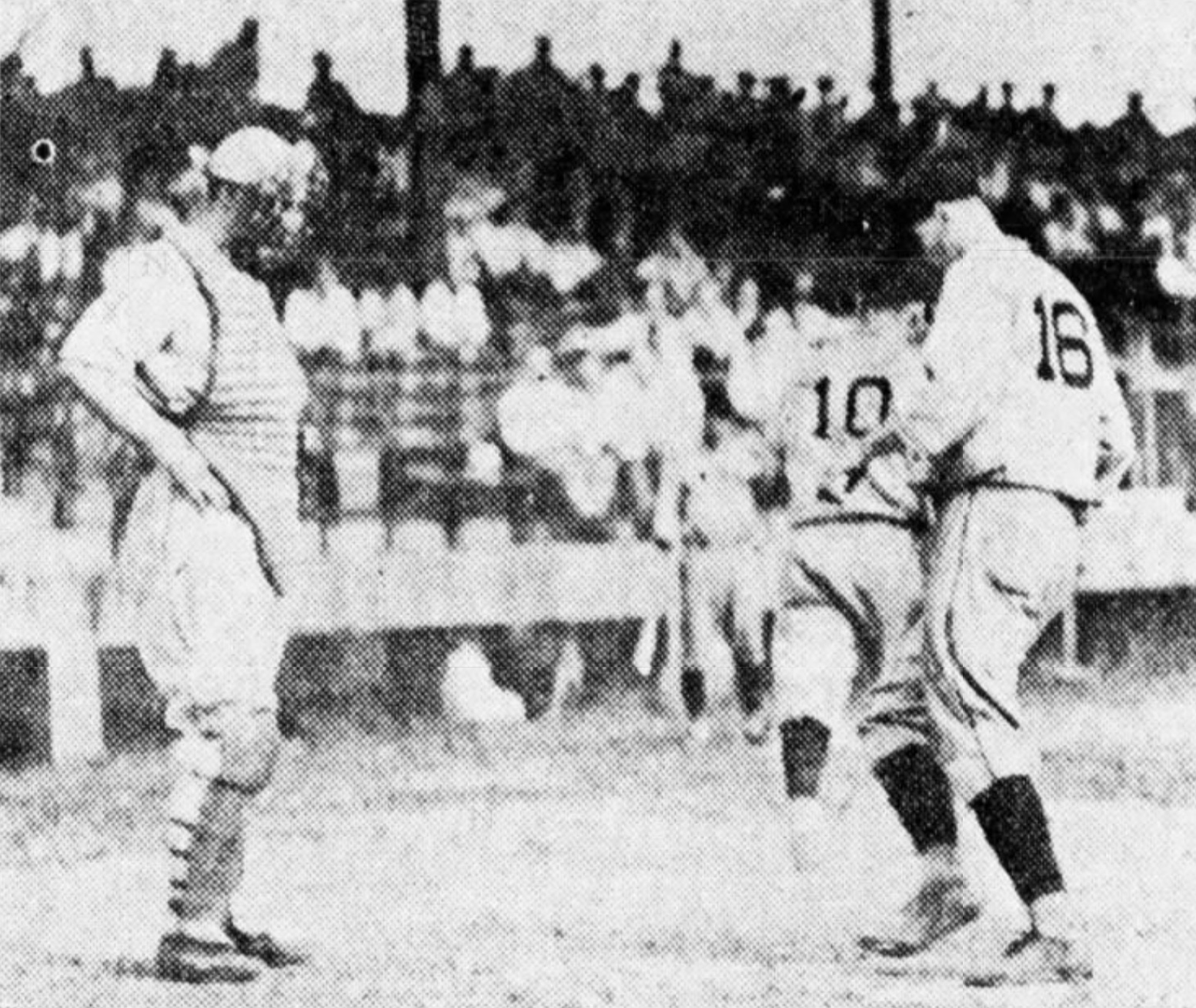The National League, originally formed in 1876, played a crucial role in establishing professional baseball, and serving as its first president was Morgan G. Bulkeley of Hartford, Connecticut.

Born in East Haddam, Connecticut, on December 3, 1837, Morgan Gardner Bulkeley was the son of Lydia Smith Morgan and Eliphalet Adams Bulkeley, co-founder of Aetna Insurance. At the outbreak of the Civil War, a 24 year old Morgan Bulkeley enlisted in the New York National Guard. He later joined the Union Army as a private, serving under General George B. McClellan amid the 1862 Peninsula Campaign, a failed attempt to capture Richmond, Virginia. Despite the mission’s outcome, Bulkeley remained in service for the rest of the Civil War before returning to business, finance, insurance, politics and sports.

In 1874, Bulkeley was persuaded by a baseball magnate, Benjamin Douglas Jr., to contribute as an investor of the Hartford Base Ball Association. Also known as the Hartford Dark Blues, the club entered into the National Association backed by $5,000 in capital. The following year Bulkeley was elected President of the Hartford Dark Blues. The team included player-manager Bob “Death to Flying Things” Ferguson and the supposed inventor of the curveball, Candy Cummings. When the National League replaced the National Association in 1876, Hartford joined as a charter member.



To determine the first president of the National League, a lottery was held, and Bulkeley’s name emerged. Baseball’s top brass, William Hulbert and Albert Spalding of Chicago, welcomed Bulkeley. They deemed him as a leader with enough gravitas to legitimize the new league. Hulbert had to convince Bulkeley to take the position, arguing that the first president should come from the northeast, where baseball drew its origins. However, the National League was not Bulkeley’s primary focus, and he served only one season before Hulbert succeeded him.

Bulkeley went on to lead Aetna Insurance and pursue a political career. As a member of the Republican Party, he served four terms as Mayor of Hartford and in 1888, he was elected Governor of Connecticut. After a controversial gubernatorial election in 1890, lacking a clear winner, Bulkeley declared that he would remain in office. However, Democratic Comptroller Nicholas Staub padlocked the door to Governor Bulkeley’s office at the State Capitol. Undeterred, Bulkeley ordered the lock to be forcibly removed with a crowbar, earning him the nickname, “Crowbar Governor.”


In 1904, Bulkeley won a seat in the United States Senate. He served one term in Congress before returning to Aetna Insurance, where he remained until his death on November 6, 1922. To recognize his baseball contributions, Hartford’s Bulkeley Stadium was named in his honor in 1928. Bulkeley was posthumously inducted into the National Baseball Hall of Fame by the 1937 Veterans Committee.





Sources:
1. “Morgan Bulkeley.” Baseball Hall of Fame, National Baseball Hall of Fame and Museum, https://baseballhall.org/hall-of-famers/bulkeley-morgan. Accessed 3 Mar. 2025
2. “Morgan Gardner Bulkeley.” National Governors Association, https://www.nga.org/governor/morgan-gardner-bulkeley/. Accessed 3 Mar. 2025.
3. “Morgan Gardner Bulkeley.” Museum of Connecticut History, August 2015, https://museumofcthistory.org/2015/08/morgan-gardner-bulkeley/. Accessed 3 Mar. 2025.
4. “December 26: Connecticut’s Crowbar Governor.” Today in Connecticut History, 26 Dec. 2019, https://todayincthistory.com/2019/12/26/december-26-connecticuts-crowbar-governor-2/. Accessed 3 Mar. 2025.
5. “Morgan Bulkeley.” Wikipedia, Wikimedia Foundation, https://en.wikipedia.org/wiki/Morgan_Bulkeley#CITEREFFleitz. Accessed 3 Mar. 2025.








